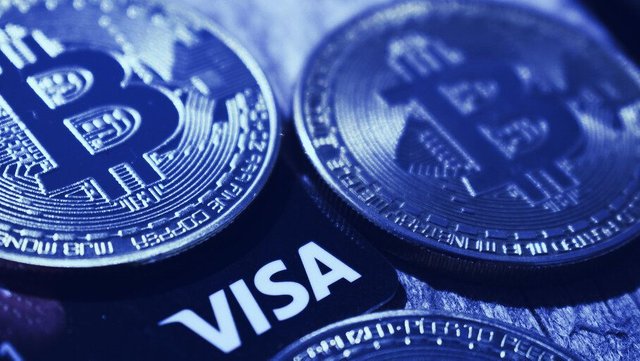Visa, a credit card giant, has recently proposed the Layer 2 network and calling it a universal payments channel. It aims to facilitate the transactions between CBDCs (Central Bank Digital Currencies) and different stablecoins. Universal Payment Channel (UPC) is a new blockchain initiative that will connect the DLT networks for facilitating the transfer of virtual assets.

Image Source: Twitter (decrypt media)
Visa is proposing a Layer 2 network for stablecoins and central bank currencies
~Twitter (@decryptmedia)
Let’s briefly understand the importance of Layer 2 Blockchain
Visa is proposing a Layer 2 network. But, what is a layer 2 network, and how is it beneficial? Well, we all know that Ethereum is one of the largest blockchains. But, scaling is an issue because Ethereum can only process 15-20 transactions per second. Of course, there are more issues, including high gas fees and privacy.
So, here comes a need to implement blockchain solutions that offer privacy, scaling and cost-effectiveness and do not sacrifice decentralization. Layer 2 technology actually scales the blockchain’s transaction capacity and retains the protocol's decentralized nature. So, in simple terms, layer 2 protocols offload the transactions from the mainchain and thus, helps to handle a much higher transaction throughput.
Visa is expanding itself in the crypto space.
Visa has already been interested in the crypto space for few years because it has created relationships with many blockchain companies. After its announcement of UPC, the company seems determined to change the shape of the financial market.
The aim of the current proposal is to create a virtual currency equivalent of the international payment experience. As of now, if one needs to process international payments, he has to do it using credit cards or debit cards, and these contain the nation's fiat currencies. But, with Visa's UPC, the international payment systems will include blockchains.
The project is still under process, and it will process the initial transactions on a different layer from that of the base blockchain. It will then use the blockchain for finalizing the transaction. So, with the layer 2 networks of Visa, users can enjoy a high transaction speed along with the immutable record of the blockchain.
Unlike other Layer 2 solutions, UPC will primarily focus on interoperability. It means that it will make it very easier to exchange one currency for another. "Hashed timelock contract", a kind of smart contract, will be used by Visa to progress its plans.
Visa’s initiative could potentially offer many advantages over existing public blockchains, including high transaction speed.
Closing Thoughts
Everybody believes that cryptocurrencies are going to rule the world very soon. Visa has released it as well that virtual currency will soon be a part of everyday financial life. Additionally, Central Bank Digital Assets will soon be dominating the space, even though many countries are still not in absolute favour of CBDCs.
Visa’s Universal Payment Channel will connect all the CBDCs and stablecoins under one platform and will enable seamless transfer. The channel is still in its beginning phase, but it holds a lot of potentials and will help expand the use of cryptocurrencies.